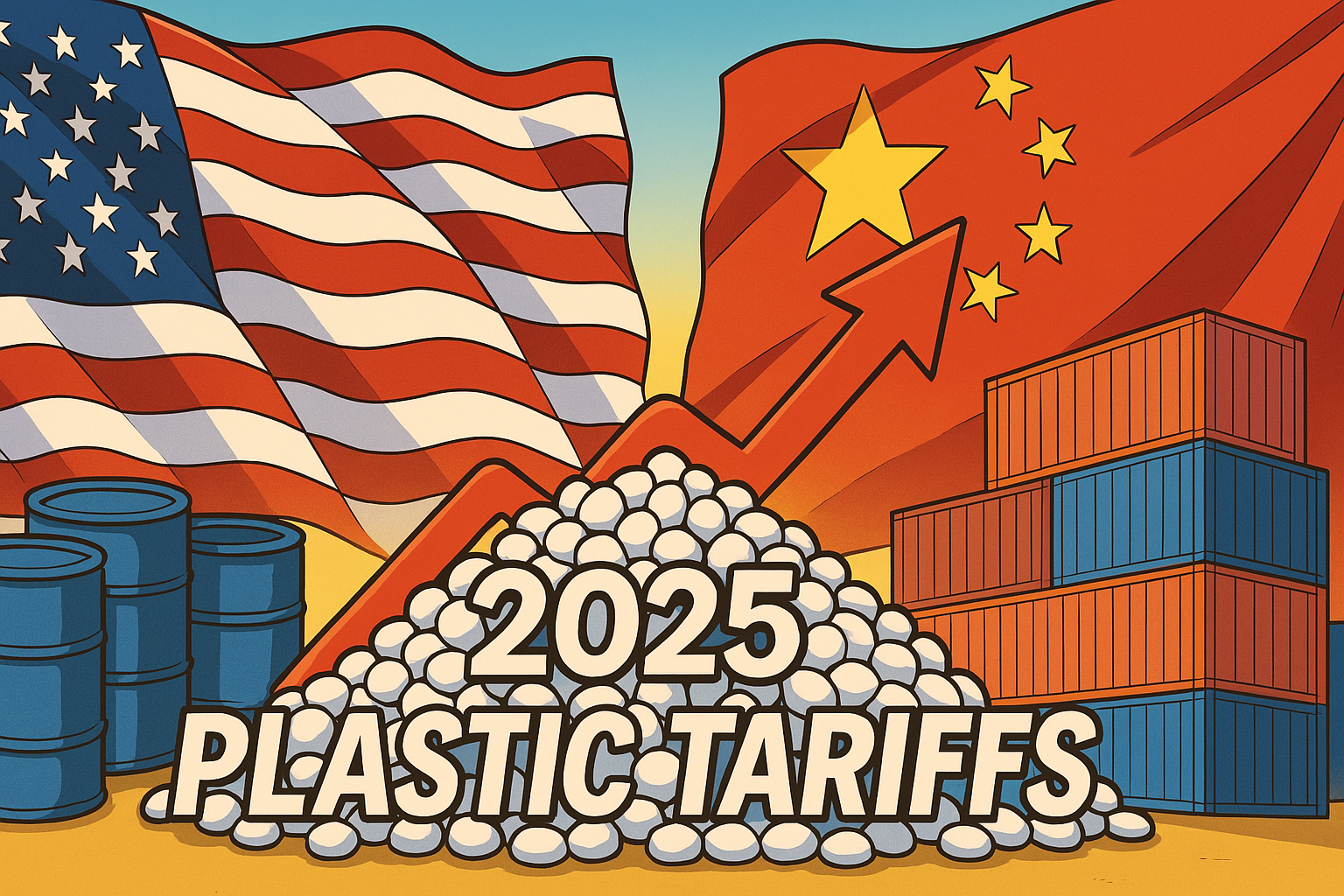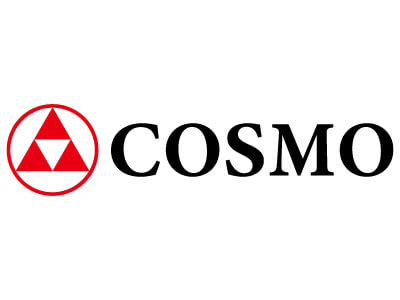Tariff Shock 2025: Shielding Plastic Manufacturers from Rising Resin Costs

Why the 2025 Plastic Tariffs Matter
The latest U.S. trade measures impose a 10 % duty on imported plastic resins from China and 15 % on petrochemical feedstocks from the Middle East, instantly inflating raw‑material costs for polyethylene (PE), polypropylene (PP) and polyvinyl chloride (PVC). Analysts predict overall input prices could jump 12 %‑20 % once freight and financing ripple through the supply chain.
Immediate Impact on Production Costs
-
Tariff Breakdown
| Material | Main Source Region | New Tariff Rate |
|---|---|---|
| PE, PP, PVC | China | 10 % |
| Naphtha & other feedstocks | Middle East | 15 % |
-
Ripple Effect on Components & Equipment
Injection‑molded parts, packaging films, molds and auxiliary machinery—much of it still sourced from China—will also carry the extra duty, squeezing OEM and custom molders alike. cen.acs
Operational Challenges Ahead
Pricing Scenarios
- Absorb the increase – protects market share but erodes EBITDA.
- Pass it through – risks losing orders to rivals with cheaper supply.
- Re‑source – requires rapid qualification of tariff‑free suppliers or recycled alternatives.
Looming Supply Shortages
As buyers scramble for non‑tariff feedstocks, specialty grades may face delivery lags, straining just‑in‑time models and forcing higher safety stocks. icis
Industries at Highest Risk
- Packaging – flexible & rigid formats for food, FMCG
- Construction – PVC pipe, siding, insulation
- Automotive – bumpers, dashboards, under‑hood components
- Medical – syringes, IV tubing, single‑use PPE
Five Proven Strategies to Protect Your Margins
1 Diversify Suppliers
Source from Latin America, Southeast Asia or domestic resin makers; build dual‑sourcing contracts to reduce single‑country exposure.
2 Increase Recycled Content
High‑quality PCR and in‑house regrind can replace up to 30 % virgin resin in many applications, trimming costs while meeting ESG targets.
3 Reshore or Nearshore Production
U.S. and Mexico plants shorten lead times and may qualify for federal incentives that offset higher labor rates—especially attractive for high‑mix, low‑volume runs.
4 Strengthen Inventory & Analytics
Adopt predictive demand planning and maintain buffer stock on critical grades to ride out freight delays or sudden price spikes.
5 Smart Pricing & Contracting
Introduce tiered pricing tied to resin indexes, and renegotiate long‑term agreements before the full tariff schedule activates.
“Manufacturers that pivot early—locking in diversified supply and recycled alternatives—will be best positioned to defend both margin and market share.” — Plastics Industry Association
Act Now—Or Pay Later
The 2025 tariff regime is already reshaping global resin flows. Companies that diversify supply, boost recycling, and optimize pricing will turn a trade headwind into a competitive edge. Act Now—Or Pay Later!

















